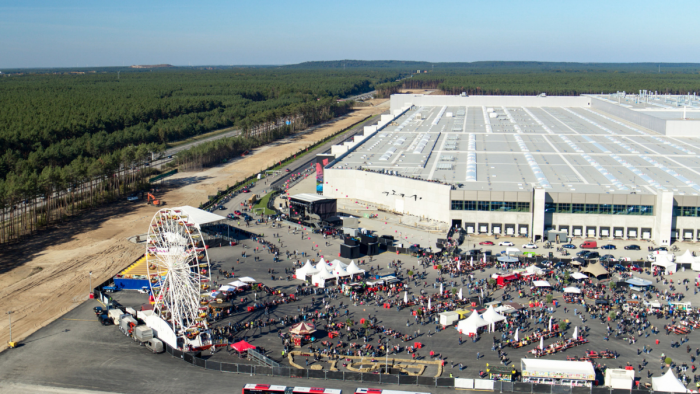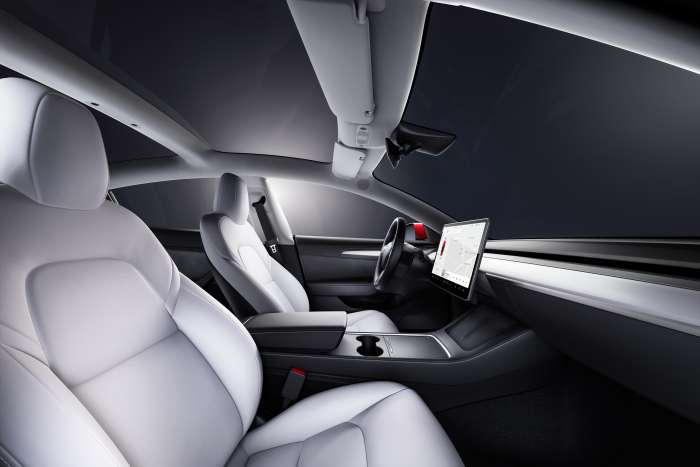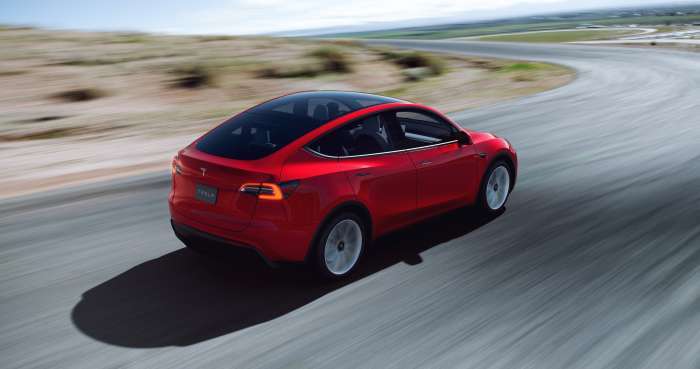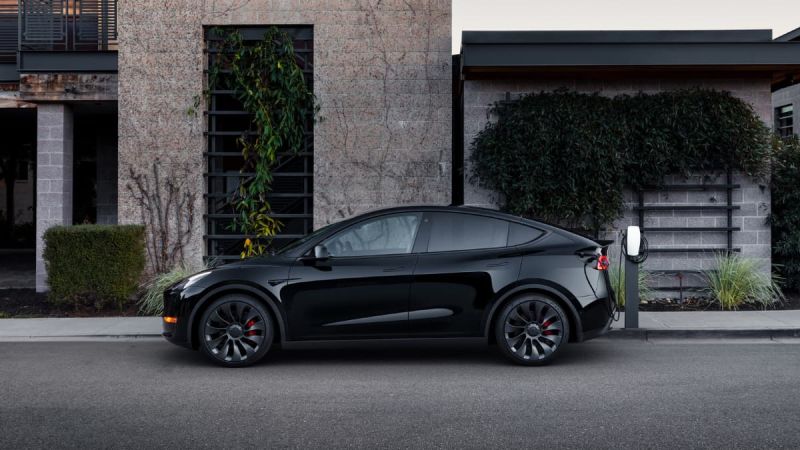After the confirmation that Tesla is going to start using BYD Blade batteries in the Berlin-made Tesla Model Y, information on this subject is basically multiplied. According to a news item published by the German media teslamag.de last Thursday - which cites a document leaked to the press - the automaker has received authorization from the European Union to produce and market this "variant" of the Model Y; it includes the battery capacity, 55 kWh, and the approved range, 270 miles (440 kilometers).
As it became public a few days ago, the Berlin Gigafactory will be the first to use BYD Blade batteries. Several Chinese media outlets claimed that the first units of these batteries had already begun to arrive at the European factory where Tesla will begin to mount them in its EV models starting this month, August.

In order to be able to sell the Model Y with a different battery than the one that had been mounted up until now, Tesla needed the official approval of European authorities. As usual in the case of the Austin manufacturer, the approval comes from the Road Transport Authority (RDW) of the Netherlands, in charge, among other things, of regulating which vehicles can be marketed in its territory. The approval document, dated July 1st 2022, states that the designation of the new Model Y is Type 005, and is known internally as the Y7CR variant.
As we said before this new Model Y has BYD Blade batteries with a capacity of 55 kWh (whether gross or net is not mentioned) and would have a range (in WLTP cycle) of 270 miles (440 km) with each charge. According to the Tesla on-line configurator, the Model Y can currently be configured in two versions, the Long Range with 330 miles (533 km) and the Performance with 320 miles (514 km), both with the same battery, dual motors and all-wheel drive. The new variant will probably be a cheaper version, with rear-wheel drive only and a smaller battery.

In this case, the same commercial strategy that Tesla launched before with the Model 3 and CATL batteries would be repeated; with these CATL batteries it was specified a capacity of 60 kWh and a range of 280 miles (455 km) for the base version of this Model 3 manufactured in Giga-Shanghai
The Berlin Gigafactory will be the first to use the Blade batteries, as rumors from a year ago anticipated that a prior supply contract had already been signed between the two companies. On October 21 last year, a local Chinese media quoted a source close to BYD as saying that the manufacturer had received an order for 10 GWh of LFP batteries from Tesla. In early June, BYD Executive Vice President Lian Yubo announced in an interview that BYD would "soon supply batteries to Tesla".
The information on the arrival of the batteries in Germany comes from the local media Sina Tech, as we reported in an article before. The same source indicates that the first electric cars with these batteries are expected to leave the production lines between the end of August and the beginning of September.

A brief comment about BYD Blade batteries: in March 2020, BYD presented a new battery for electric cars called 'Blade Battery' that basically uses an LFP (lithium-ferrophosphate) chemistry and qualifies as almost indestructible, since they can withstand all kinds of damage, without causing explosions or fires. These batteries have been subjected to nail penetration, heating in a 300°C oven, 260% electrical overloads and crushing by being driven over by a 46-tonne truck establishing a new level of safety. The battery dispenses with the usual modules in which the cells are assembled and then - once connected to each other - create a complete battery; this way it saves a large amount of space in connectors and control systems, increasing the space available for the active material by 50%, according to BYD.
Source: hibridosyelectricos
All images courtesy of Tesla Inc.
Nico Caballero is the VP of Finance of Cogency Power, specializing in solar energy. He also holds a Diploma in Electric Cars from Delft University of Technology in the Netherlands, and enjoys doing research about Tesla and EV batteries. He can be reached at @NicoTorqueNews on Twitter. Nico covers Tesla and electric vehicle latest happenings at Torque News.












